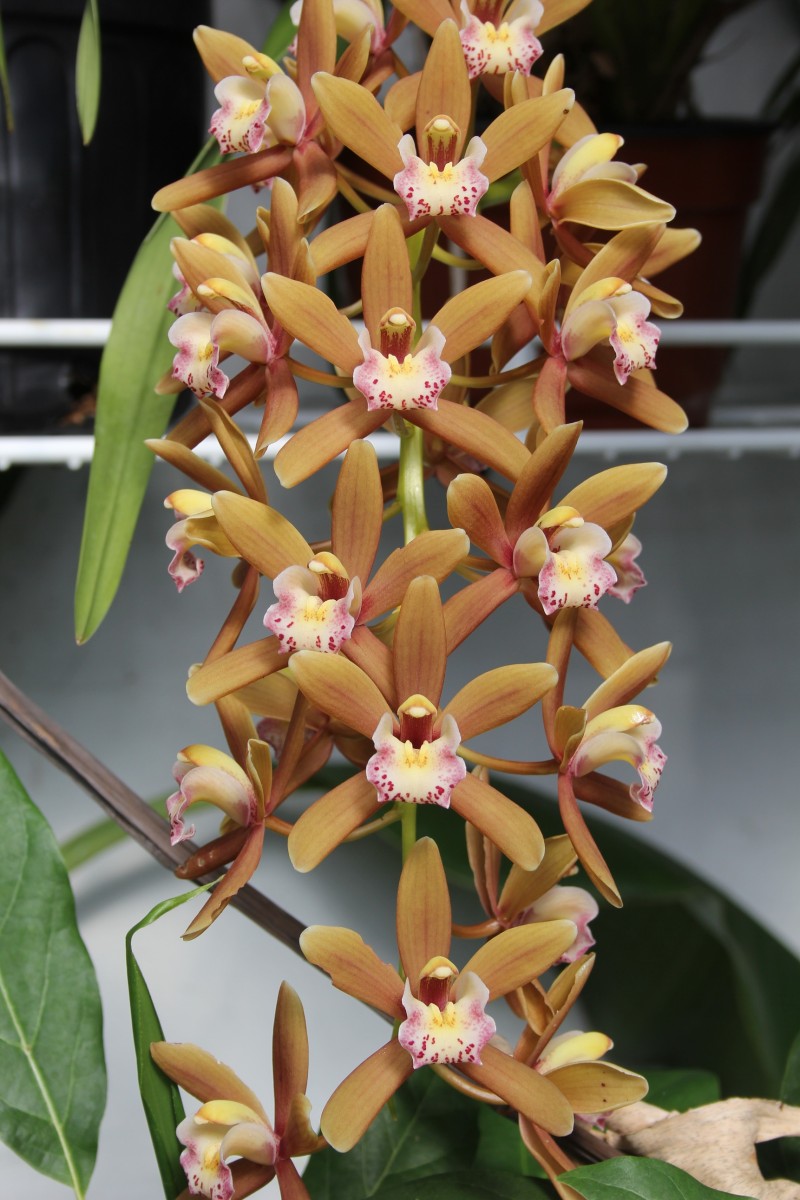
Growing flowers in winter gives cheer to cold, gray, snow-covered days and can make you feel that spring is truly just around the corner. An array of beautiful flowering plants can be “forced” into blooming no matter how frigid and dreary the outside world is. And if you own a greenhouse, you can create a steady parade of wintertime blooms of all kinds using the space that a greenhouse provides.
But first, you need to decide what flowers you want to grow. Many favorites are from bulbs, such as paperwhite narcissus. Other bulb options are tulips, daffodils, hyacinths, amaryllises, alliums, and crocuses. Simply look through a bulb catalog and select the ones you like. When the bulbs arrive, put them in a refrigerator for six to eight weeks, after which they’ll be ready for planting.
Time your plantings about another six to eight weeks before you want the flowers. Wide, shallow containers work well for bulbs. By potting a dozen or so bulbs every two to three weeks, you can keep the flowers coming all winter long. After watering a set of newly-planted bulbs, put the container in a reasonably warm location. A south-facing window is fine during the day, but guard against the bulbs getting too cold at night because you want to trick them into thinking that spring has arrived.
While bulbs are very popular flowers to force in winter, there are many other excellent choices. Among these are orchids, such as those in the genus Phalaenopsis (moth orchid) and the genus Cymbidium (boat orchid). To get orchids to bloom in winter, you need to fertilize them in summer (I use half-strength fertilizer twice a month) and keep the shredded-bark planting medium moist between feedings. In the autumn, as the days shorten, stop fertilizing but still keep the medium moist. Soon species of Cymbidium will send up flower spikes regardless of the amount of light they’re receiving. I leave mine in my greenhouse until the flowers begin to show, after which I take them indoors to enjoy the blooms for several weeks.

To get them to bloom during winter, most species of Phalaenopsis need attention to lighting as well. In the wild, these plants often grow about two-thirds of the way up a tree, where they’re slightly shaded by the canopy. Blooming typically occurs when changes in foliage give them extra light. In the greenhouse Phalaenopsis are usually placed under the bench after they have flowered to give them a eight- to ten-week rest period. To get your Phalaenopsis orchids to bloom in winter, bring them out from under the bench and increase their light exposure to at least 1000 foot-candles, with 1200 to 1500 foot-candles being the optimum to bring them into bloom. Be sure not to let the plants dry out while under the bench or under lights. Keep the planting medium slightly moist, just like the bark of a tree would stay moist in these orchids’ natural habitat. And if all else fails, buy some phals already in bloom, but be sure to keep them warm while moving them from the store to your car!










